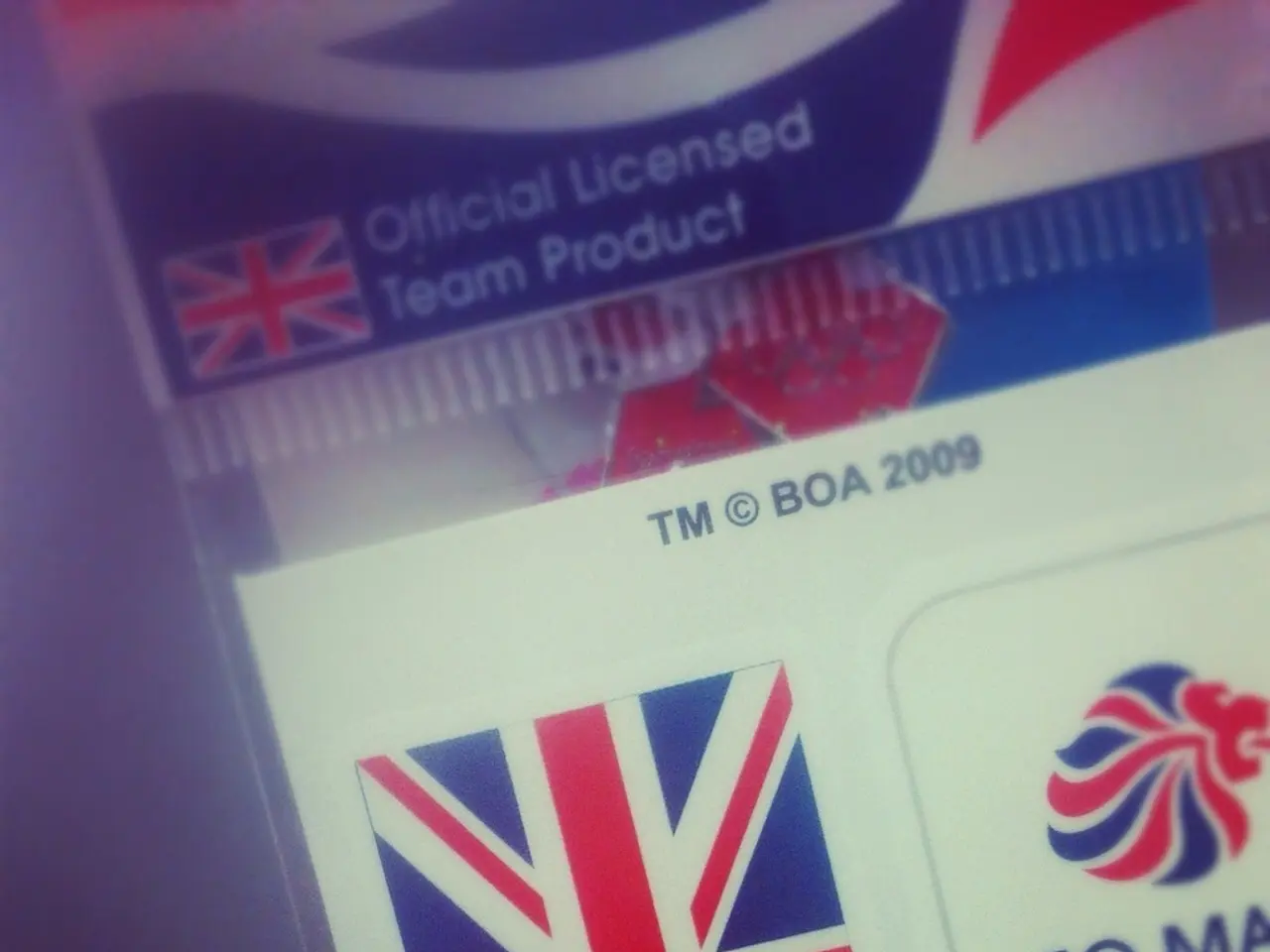Distinguishing between Identification, Verification, and Authentication: a Breakdown
In the digital age, securing financial transactions is of utmost importance. A crucial part of this security lies in understanding the processes of identification, verification, and authentication.
Identification, the initial step, is the process of claiming an identity. This could be as simple as providing a name or ID number to declare who you are. For instance, in online transactions, customers often provide their email address along with their full name during this stage.
Next comes verification, a step that ensures the claimed identity is legitimate. This usually happens during customer onboarding, such as Know Your Customer (KYC) processes, by validating documents, biometric data, or other proofs against official records or databases. In higher-risk scenarios, it's especially important to verify the customer's identity before establishing a business relationship.
Finally, there's authentication, the process of proving that the person currently accessing a service or conducting a transaction is the verified individual. This is done using mechanisms like passwords, biometrics, one-time passwords (OTPs), two-factor or multi-factor authentication methods. Authentication happens every time the person tries to log in or access sensitive data or services, ensuring ongoing access control.
The distinction between these processes is critical in preventing fraud and ensuring compliance with regulations. Identification opens the process, verification ensures trustworthiness, and authentication manages secure ongoing access.
In the UK financial sector, the verification process can take place by submitting government-issued documents such as a passport, driver's license, national identity card, or official government-issued identification card. Supporting documents may include a current council tax demand letter or statement, recent evidence of entitlement to a state or local authority-funded benefit, tax credit, pension, educational or other grants, or even a firearms certificate or shotgun license.
It's important to note that identity verification analyses provided documents for the presence of specific watermarks, stamps, fonts, and holograms. Verification must be based on reliable sources that are independent of the customer, such as government-issued documents.
In some cases, businesses may allow their customers to complete transactions right after the identification process, especially if occasional transactions don't exceed a certain amount. However, authentication remains a recurring procedure that ensures existing accounts haven't been compromised.
In conclusion, understanding the processes of identification, verification, and authentication is essential in maintaining the security of financial transactions. By recognizing one's claim to be a particular person (identification), confirming that the claimed identity is genuine (verification), and confirming ongoing access rights (authentication), we can prevent fraud, ensure regulatory compliance, and maintain the trust necessary for a secure financial system.
Read also:
- Tesla is reportedly staying away from the solid-state battery trend, as suggested by indications from CATL and Panasonic.
- Review of the 2025 Lamborghini Revuelto: Blazing Beasts on Wheels
- Tech giant Apple debuts sports app integrating betting odds provided by DraftKings
- California links 100,000 home storage batteries through its Virtual Power Plant program.






